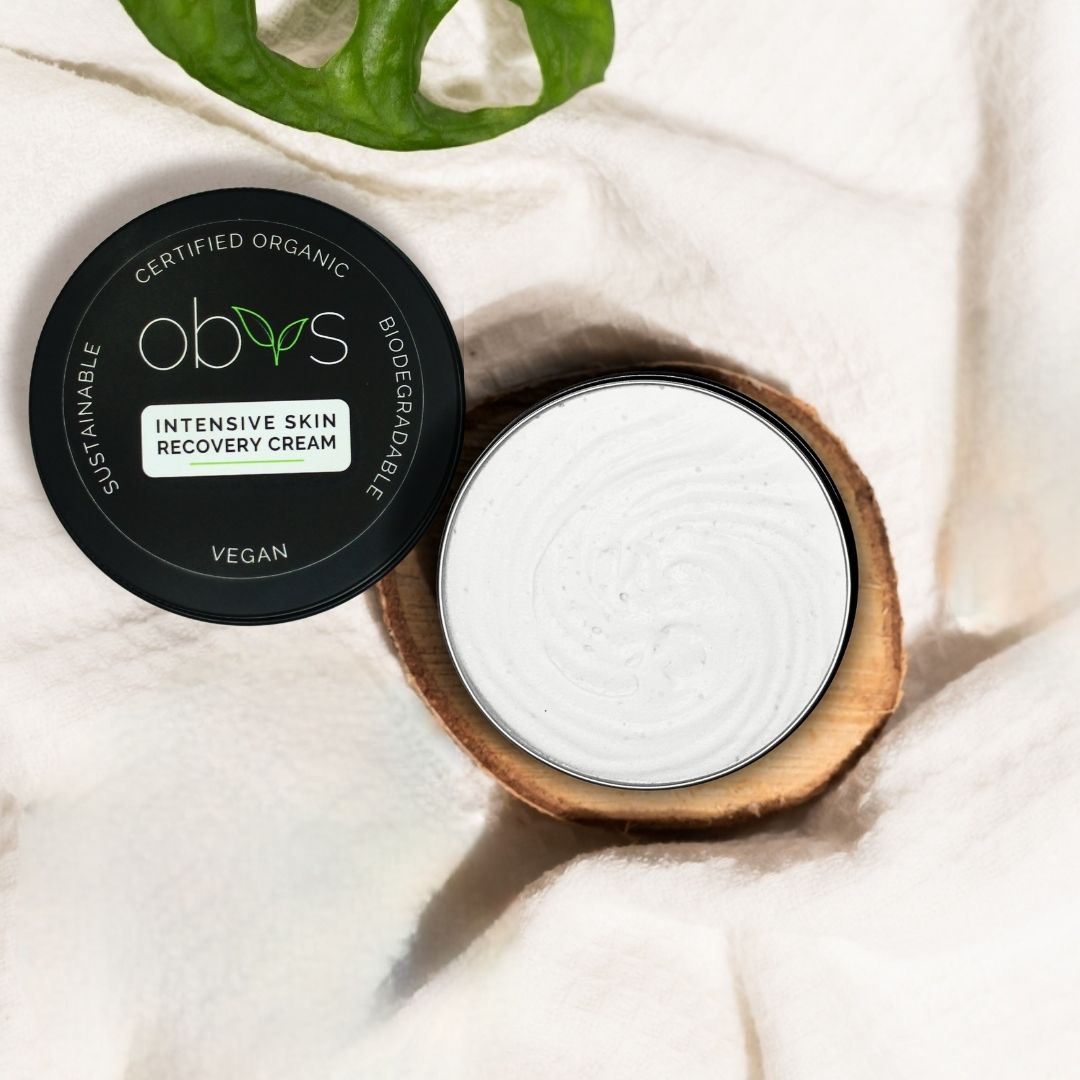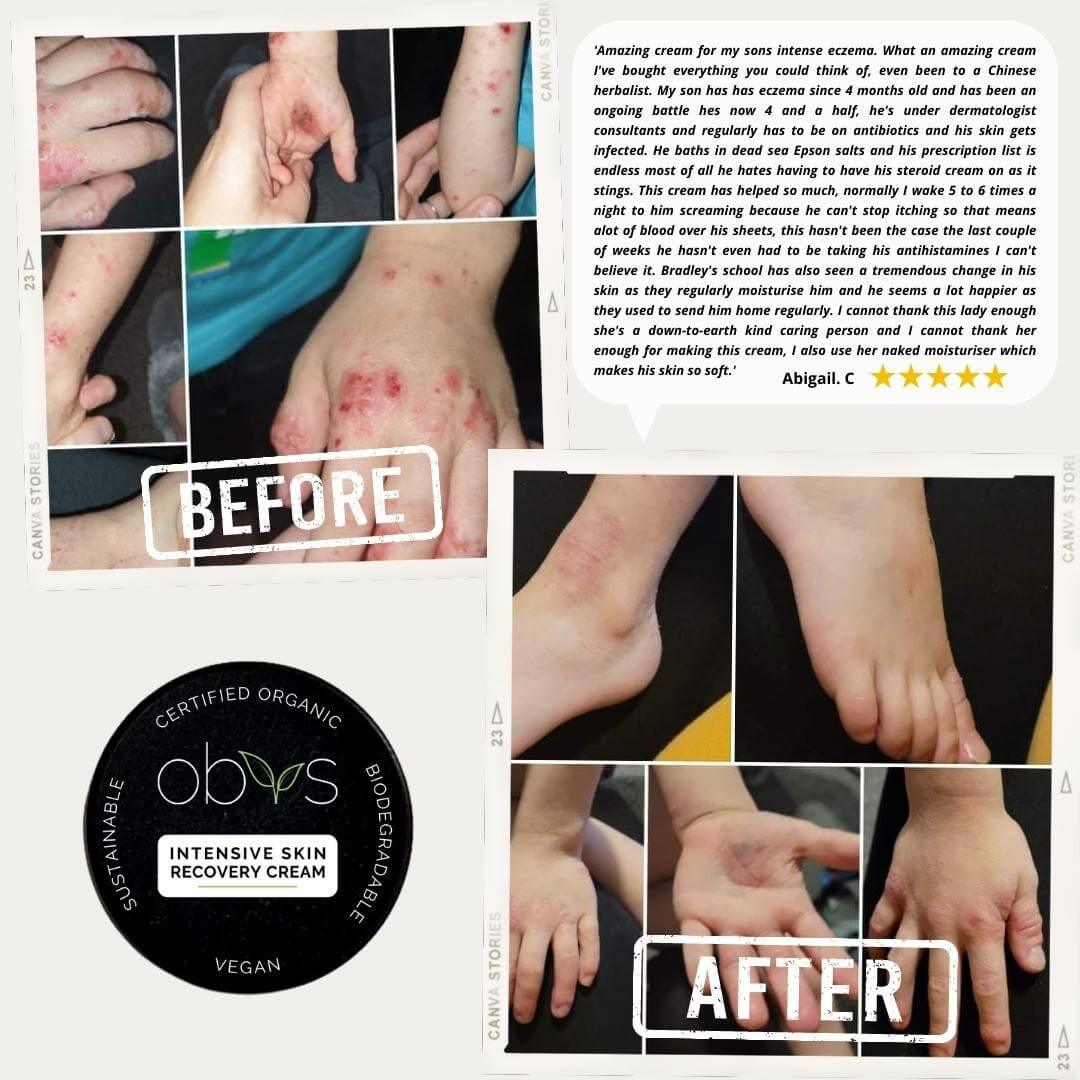
PCOS and Acne
Share
Hormonal imbalance is at the centre of PCOS. Simply put, the condition leads to an increase in levels of ‘male hormones’, like testosterone. These hormones cause the sebaceous gland – the small gland in the skin that secretes lubricating oily matter – to produce more oil than necessary, which clogs pores and creates the perfect environment for breakouts.
PCOS-related acne often flares on the lower face, including the jawline, chin, and upper neck. Although not a hard and fast rule, these areas are considered to be a hormonal pattern for acne. Women with PCOS may notice that acne lesions are deeper, larger, and slower to resolve. Acne in PCOS usually worsens around the time of menstrual periods.
Hirsutism, or excessive hair growth in places where hair is usually absent or minimal, is another dermatologic sign of PCOS. Common areas of hirsutism include the chin, neck, abdomen, chest, or back. On the scalp, however, balding or thinning of the hair can be seen. Both of these hair issues are driven by an excess of testosterone.
Occasionally, another skin condition appears called acanthosis nigricans, which are dark, velvety areas of skin, usually in skin creases such as around the neck and underarms. This type of skin condition is also associated with insulin resistance, and may be due to stimulation of skin cells by insulin, causing them to overgrow.
Adapted from https://www.health.harvard.edu/
#obvsskincare #obvsessed #veganuk #naturalskincare #healthyskin #skincareuk #healthuk #healthylifestyle #natureinspired #beautytips #plantbasedskincare #crueltyfreeuk #organicskincare #sustainableskincare #veganskincare #PCOS #PCOSawarenessmonth #PCOSwarrior #PCOSacne
#dryskin #psoriasis #dermatitis #acne #spots #rosacea #smallbusiness #eczema #acnetreatment #babyskincare
PCOS-related acne often flares on the lower face, including the jawline, chin, and upper neck. Although not a hard and fast rule, these areas are considered to be a hormonal pattern for acne. Women with PCOS may notice that acne lesions are deeper, larger, and slower to resolve. Acne in PCOS usually worsens around the time of menstrual periods.
Hirsutism, or excessive hair growth in places where hair is usually absent or minimal, is another dermatologic sign of PCOS. Common areas of hirsutism include the chin, neck, abdomen, chest, or back. On the scalp, however, balding or thinning of the hair can be seen. Both of these hair issues are driven by an excess of testosterone.
Occasionally, another skin condition appears called acanthosis nigricans, which are dark, velvety areas of skin, usually in skin creases such as around the neck and underarms. This type of skin condition is also associated with insulin resistance, and may be due to stimulation of skin cells by insulin, causing them to overgrow.
Adapted from https://www.health.harvard.edu/
#obvsskincare #obvsessed #veganuk #naturalskincare #healthyskin #skincareuk #healthuk #healthylifestyle #natureinspired #beautytips #plantbasedskincare #crueltyfreeuk #organicskincare #sustainableskincare #veganskincare #PCOS #PCOSawarenessmonth #PCOSwarrior #PCOSacne
#dryskin #psoriasis #dermatitis #acne #spots #rosacea #smallbusiness #eczema #acnetreatment #babyskincare













